Contact Details
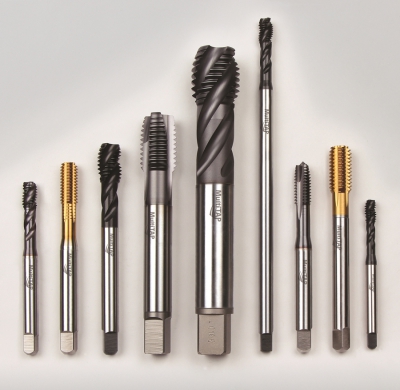
Emuge Corp. has announced the expansion of its MultiTAP line, high-performance taps designed to cut a range of materials, including carbon steel, steel alloys, stainless steel, aluminum, cast iron, copper, brass and bronze. With 87 new SKUs, the Emuge MultiTAP line comprises an expansive offering of both regular and extended-length spiral-point and spiral-flute taps, as well as roll form taps.
MultiTAP features an innovative geometric design, as well as a special base material and surface treatment, allowing it to handle a range of materials and applications. This eliminates the need to stock numerous types of taps in the tool crib. MultiTAP is designed to produce threads within both 2B and 3B classes of fit, removing guesswork from choosing the correct H-limits.
MultiTAP is the result of collective years of Emuge’s extensive tapping expertise, application research and a challenge the company issued to its engineers to design a true multi-purpose tap.
MultiTAP is comprised of premium high-vanadium cobalt high speed steel (HSS-E), nitrided with an Ne2 surface treatment or TiCN-coated for extended tool life. It is available in both spiral-point and spiral-flute configurations for through- or blind-hole applications. Tap sizes cover a full range for UNC or UNF threads, from #4-40 to 1”-12” in inch sizes, to metric sizes from M4 x 0.7 to M24 x 3.0.
Related Glossary Terms
- alloys
alloys
Substances having metallic properties and being composed of two or more chemical elements of which at least one is a metal.
- blind-hole
blind-hole
Hole or cavity cut in a solid shape that does not connect with other holes or exit through the workpiece.
- tap
tap
Cylindrical tool that cuts internal threads and has flutes to remove chips and carry tapping fluid to the point of cut. Normally used on a drill press or tapping machine but also may be operated manually. See tapping.
- tapping
tapping
Machining operation in which a tap, with teeth on its periphery, cuts internal threads in a predrilled hole having a smaller diameter than the tap diameter. Threads are formed by a combined rotary and axial-relative motion between tap and workpiece. See tap.

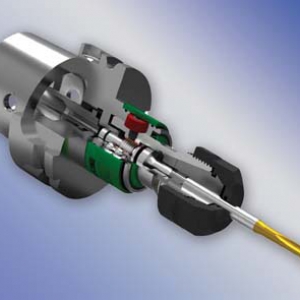

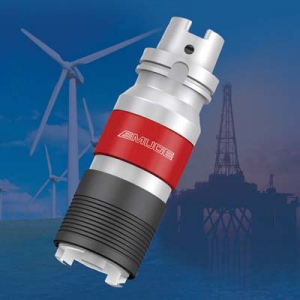
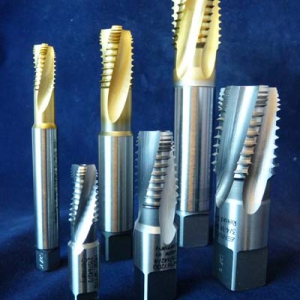
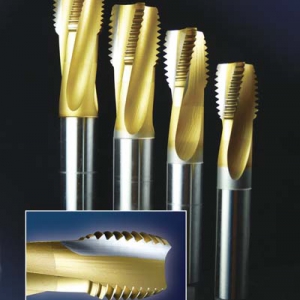
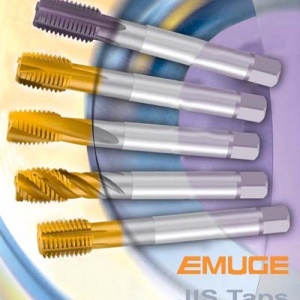
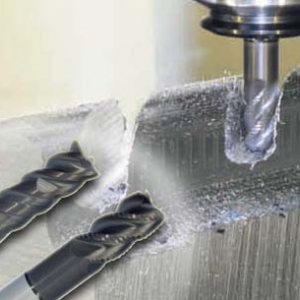
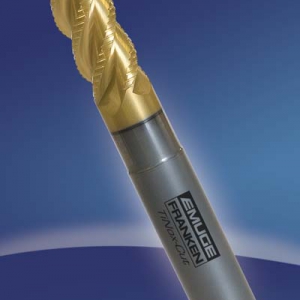
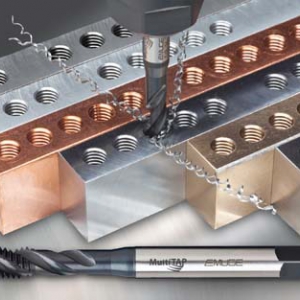
 PRODUCTS
PRODUCTS

